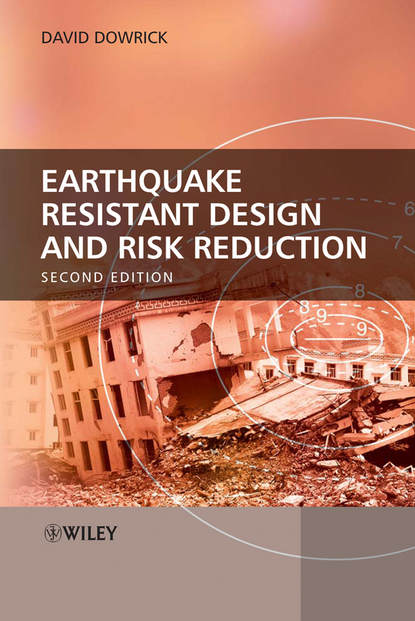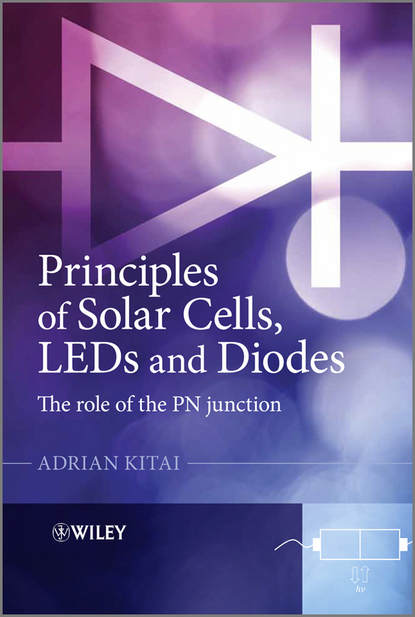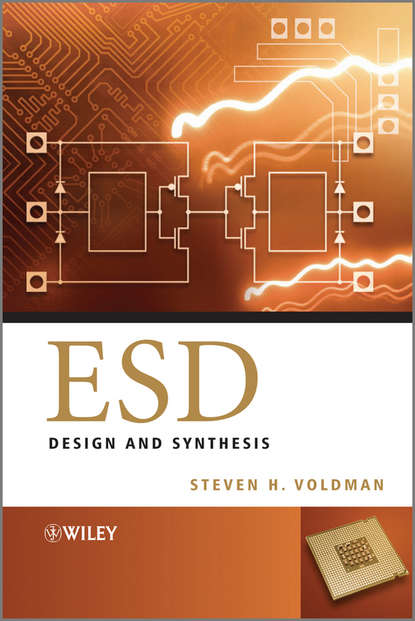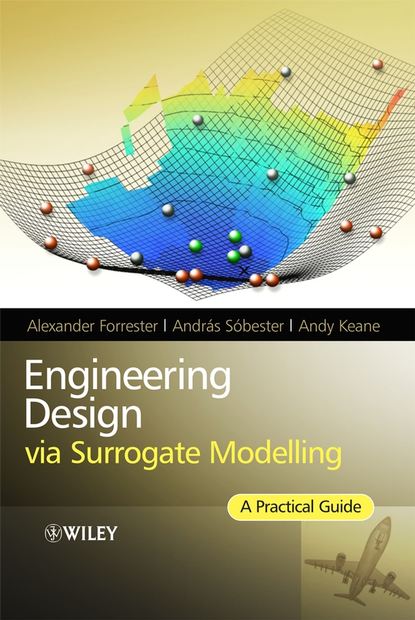"Earthquake Resistant Design and Risk Reduction" (второе издание) основана на глобальных исследованиях и разработках, проводимых на протяжении последних 50 лет, и является продолжением серии из трех книг автора: "Earthquake Resistant Design" (1977 и 1987 гг.) и "Earthquake Risk Reduction" (2003 г.). С тех пор было сделано много новых открытий, и все указывает на то, что этот прогресс будет продолжаться в будущем. Книга компилирует широкий опыт в области проектирования и исследований в области землетрясений автора и предоставляет отличное описание сложного мультидисциплинарного процесса проектирования, ориентированного на устойчивость к землетрясениям и снижения рисков. В книге рассматриваются новые темы, такие как создание зданий с низким уровнем разрушаемости и пространственное распределение землетрясений возле больших разломов. В разделах ориентированных на развивающиеся страны, рассматриваются также вопросы ответа зданий на дифференциальное оседание в сыпучих грунтах, производится пересмотр методов проектирования, ориентированных на результат и смещение, и архитектурных аспектов, связанных с устойчивостью к землетрясениям. В книге также описываются:
- Национальные слабости, которые способствуют риску землетрясений для людей и имущества;
- Расчет сейсмической реакции грунтов и конструкций, используя структурный континуум "Грунт - Подконструкция - Надконструкция - Не-конструкция";
- Оценка эффективности данного проектирования и процедур строительства для сокращения жертв и финансовых потерь;
- Руководство по выбору структурной формы;
- Методы проектирования на устойчивость к землетрясениям для четырех основных материалов - стали, бетона, армированного кирпича и древесины, а также для оборудования, установок и неструктурных архитектурных компонентов;
- Глава, посвященная проблемам улучшения (ретрофитинга) существующей постройки.
Книга является ценным справочным и руководящим инструментом для инженеров-строителей, архитекторов, исследователей и аспирантов в области землетрясений и инженерной сейсмологии, местных правительств и чиновников по управлению рисками.
Earthquake Resistant Design and Risk reduction, автор: David Dowric D. Book back on global Research and DEVELOPMENT for futher than 50 Years past, continuing the through the author's Earthquake Resistent Design, first edition 77, second edition 96 and Earthquake Protection Reduction 03. So many development in 10 year project, we have every reason to think qualitative change in frequency. Build of author's widen design and analytical expertise in structural engineering and seismics, focuses on the complex and integrated discipline of structural design and perturbation. Novel topics combine low-performed constructions and distribution place of shaking around large fault rupture. Revised sections About the Guidance for Developing Nation, associating buildings and soil compaction liquification, Bedcitepment-inspired design Displacemtment-based constructon method, arhitecture studes of Earthquake resistant design.
Электронная Книга «Earthquake Resistant Design and Risk Reduction» написана автором David Dowrick J. в году.
Минимальный возраст читателя: 0
Язык: Английский
ISBN: 9780470747025
Описание книги от David Dowrick J.
Earthquake Resistant Design and Risk Reduction, 2nd edition is based upon global research and development work over the last 50 years or more, and follows the author’s series of three books Earthquake Resistant Design, 1st and 2nd editions (1977 and 1987), and Earthquake Risk Reduction (2003). Many advances have been made since the 2003 edition of Earthquake Risk Reduction, and there is every sign that this rate of progress will continue apace in the years to come. Compiled from the author’s wide design and research experience in earthquake engineering and engineering seismology, this key text provides an excellent treatment of the complex multidisciplinary process of earthquake resistant design and risk reduction. New topics include the creation of low-damage structures and the spatial distribution of ground shaking near large fault ruptures. Sections on guidance for developing countries, response of buildings to differential settlement in liquefaction, performance-based and displacement-based design and the architectural aspects of earthquake resistant design are heavily revised. This book: Outlines individual national weaknesses that contribute to earthquake risk to people and property Calculates the seismic response of soils and structures, using the structural continuum “Subsoil – Substructure – Superstructure – Non–structure” Evaluates the effectiveness of given design and construction procedures for reducing casualties and financial losses Provides guidance on the key issue of choice of structural form Presents earthquake resistant design methods for the main four structural materials – steel, concrete, reinforced masonry and timber – as well as for services equipment, plant and non-structural architectural components Contains a chapter devoted to problems involved in improving (retrofitting) the existing built environment This book is an invaluable reference and guiding tool to practising civil and structural engineers and architects, researchers and postgraduate students in earthquake engineering and engineering seismology, local governments and risk management officials.



















